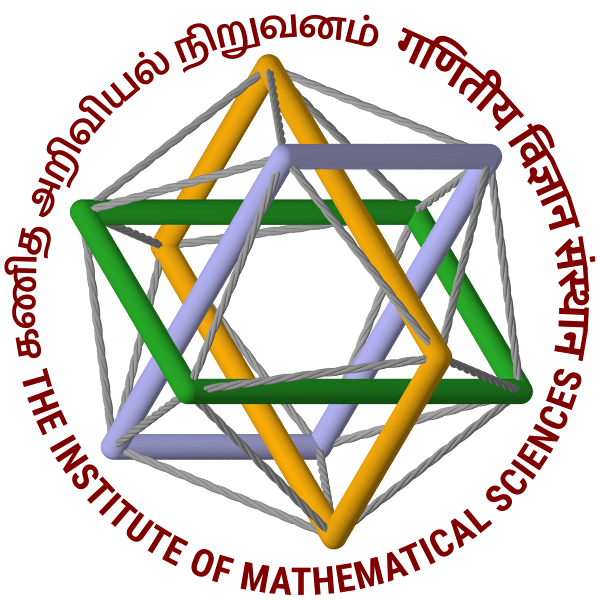A national institute for research in the theoretical sciences
Upcoming Events
Apr 25
16:00-20:00
16:00-20:00
ICA | ICA
Cultural | Ramanujan Auditorium
Apr 26
14:00-16:00
14:00-16:00
Group Meeting | IMSc
Mathematics Colloquium | Media Centre
Apr 28
09:00-18:00
09:00-18:00
Chennai String School 2025Chennai String School 2025
Conference | Alladi Ramakrishnan Hall
Apr 28
14:00-15:00
14:00-15:00
Algebraic Combinatorics Group | IMSc
Algebraic Combinatorics Group Meeting
Mathematics Seminar | Room 326
Apr 29
09:00-18:00
09:00-18:00
Chennai String School 2025Chennai String School 2025
Conference | Alladi Ramakrishnan Hall





